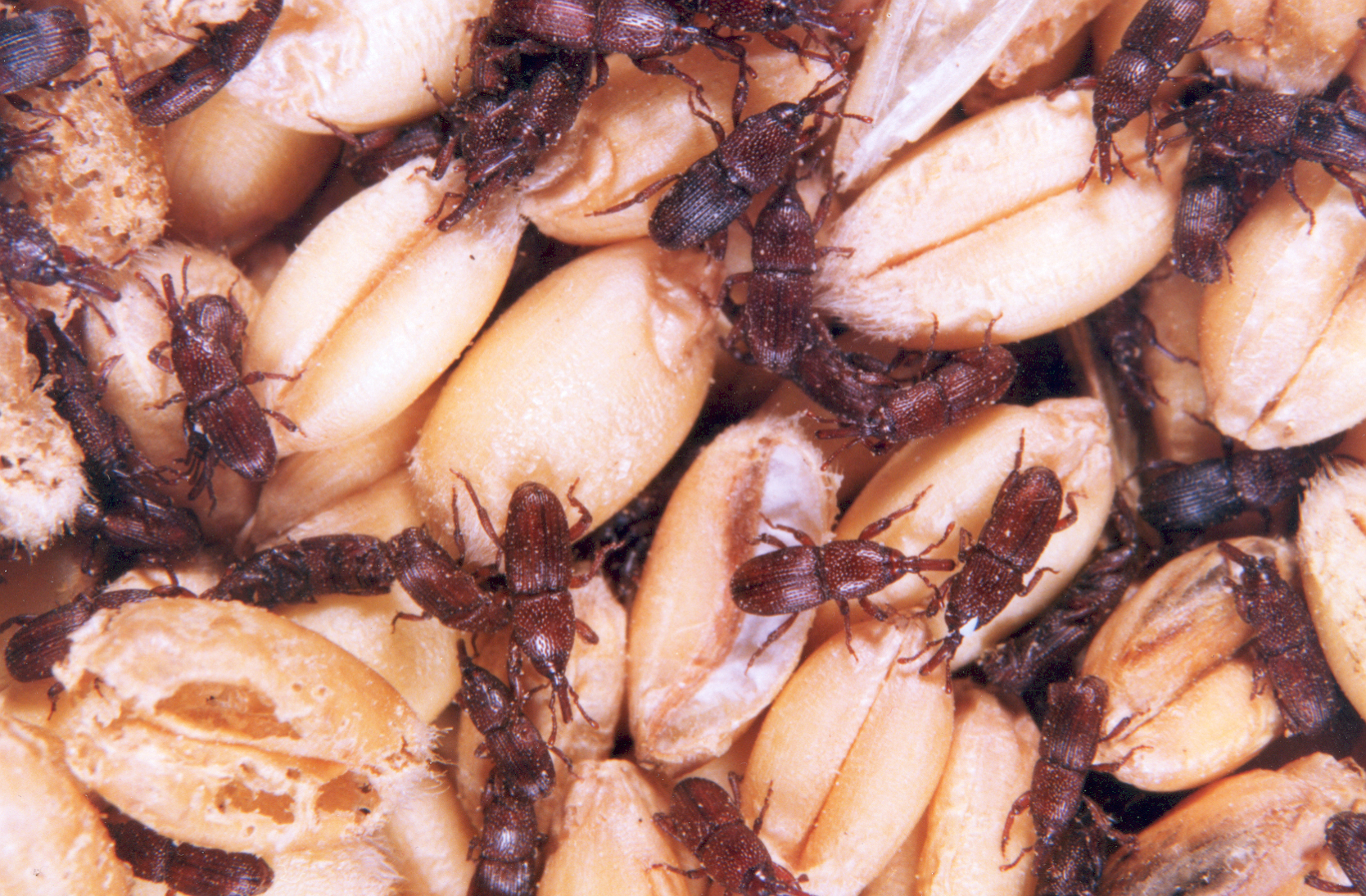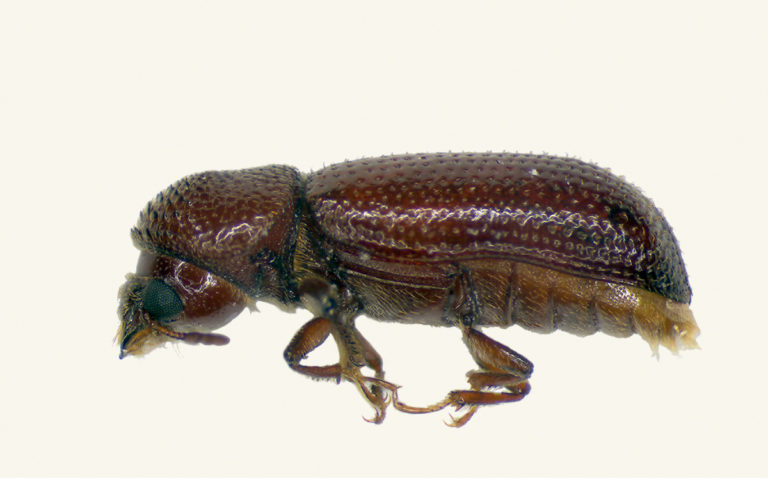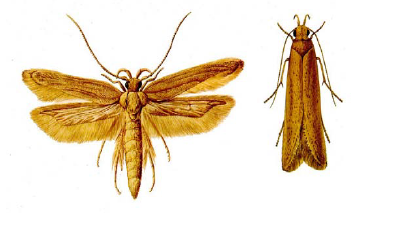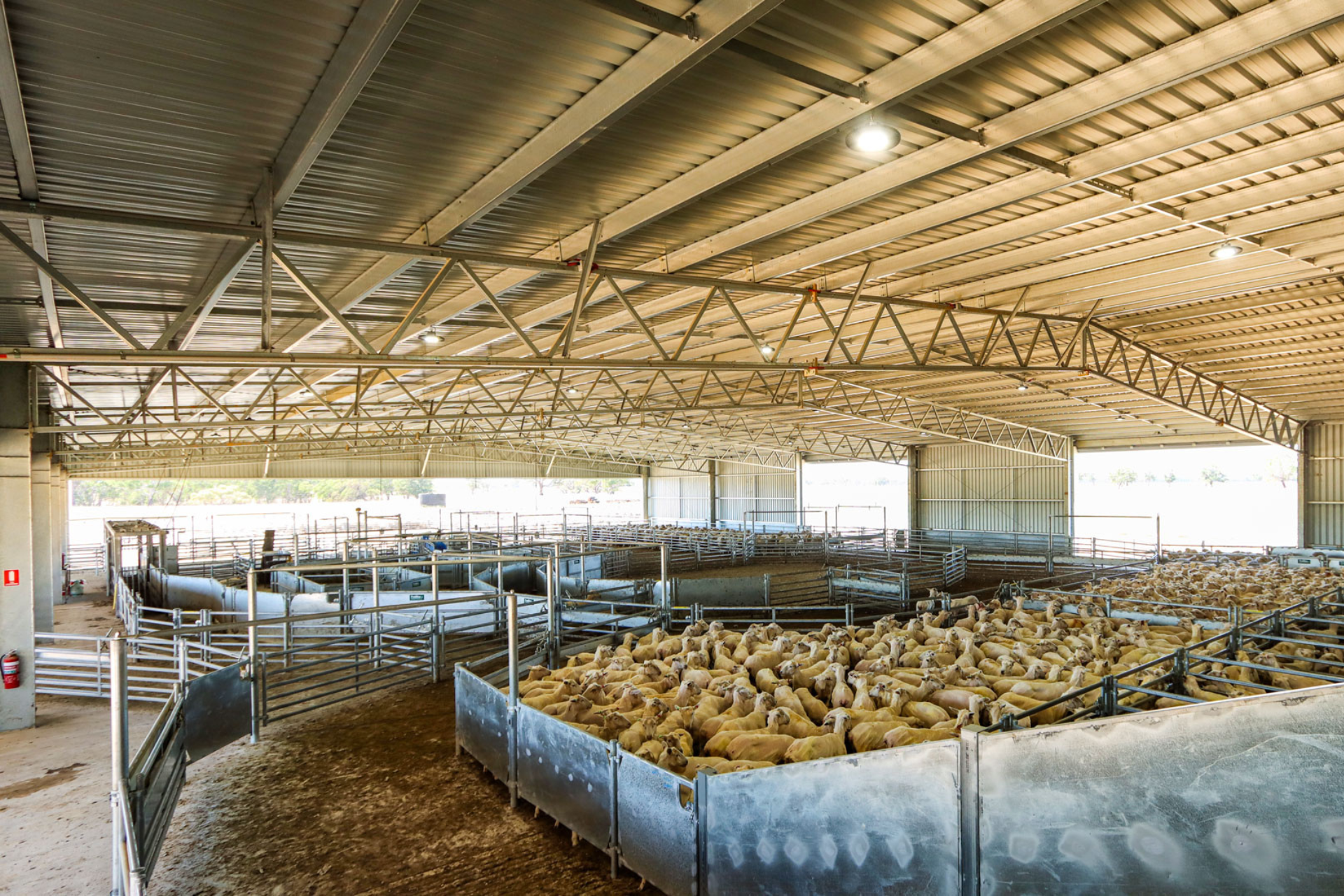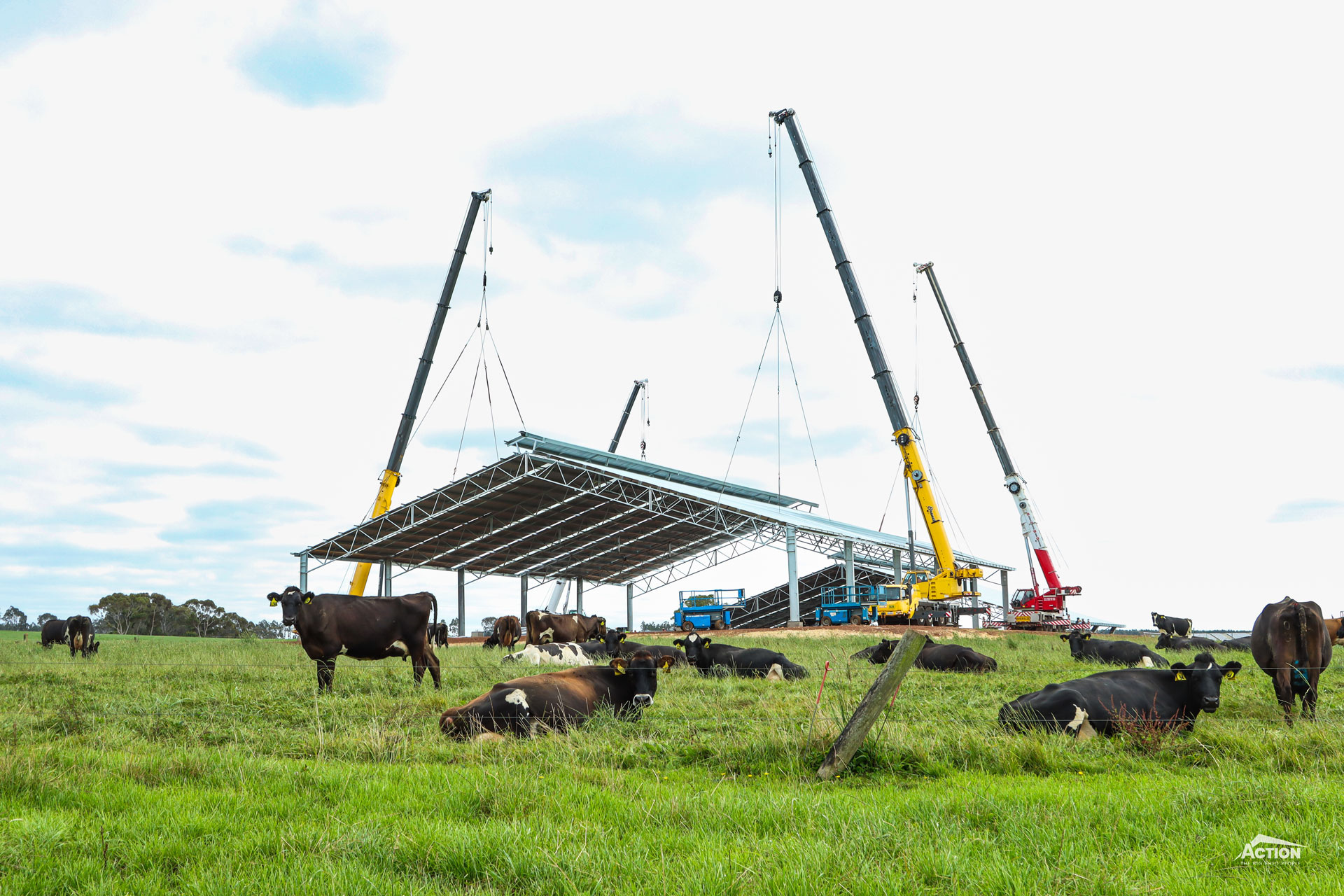Grain pests reduce the quality of grain by eating embryos which reduces protein content and seed germination.
Around one-quarter to one-third of the grain produced globally each year is lost during storage, largely due to insects and pests. With bumper grain production in Australia in both 2020 and 2021 increasing the amount of on-farm grain storage across the country, we thought it would be timely to look at common grain storage pests and what you can do about them – including how to keep them out of your grain shed.
Knowing how to identify what grain pest is damaging or destroying your grain is the first step to effectively managing and preventing the problem.
Identifying Common Grain Storage Pests
Identifying grain storage insects and pests before any serious damage occurs and understanding their characteristics helps you recognize how your grain could be affected. This allows for tailored and targeted pest control options, allowing growers to choose the best chemical and non-chemical control measures for the situation.
This also helps avoid control failure due to insecticide resistance, and increased storage costs.
Grain storage pests are usually split into two categories: primary grain pests and secondary grain pests. The difference between the two categories is that primary pests attack whole, unbroken grains whereas secondary pests will attack grain that is already or grain that has been processed.
Here are the main primary grain pests and their characteristics.
Lesser grain borer (Rhyzopertha dominica)
Other characteristics of the lesser grain borer include:
- Adults are a dark-brown/black colour
- Adults can live for up to two months (depending on the temperature)
- Approx. 2.5mm – 3mm long
- Cylindrical shaped body
- White larvae with brown head
Granary weevil (Sitophilus granarius)
The granary weevil is known for its distinctive, characteristic long snout and both adults and larvae feed on the grain.
In comparison to the lesser grain borer, a grain weevil cannot fly.
Other characteristics of the granary weevil include:
- Adults can live for up to eight months
- Approx. 4mm long
- Dark brown – black colour
- White legless larvae
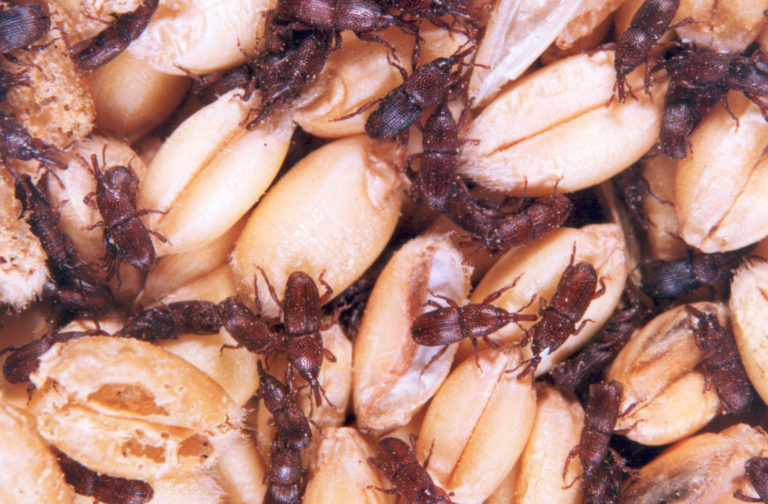
Credit: CSIRO
Rice weevil (Sitophilus oryzae)
Also known as the lesser grain weevil, the rice weevil is winged and will occasionally fly. The wings are marked with four distinctive orange/red – brown patches.
Other characteristics of the rice weevil include:
- Adults live for 2-3 months
- Approx. 3 – 4 mm long
- Despite the name, the rice weevil will feed on all cereal grains
- They are often not detected as the larvae will feed and mature within a single grain, the adult then chews its way out leaving exit holes
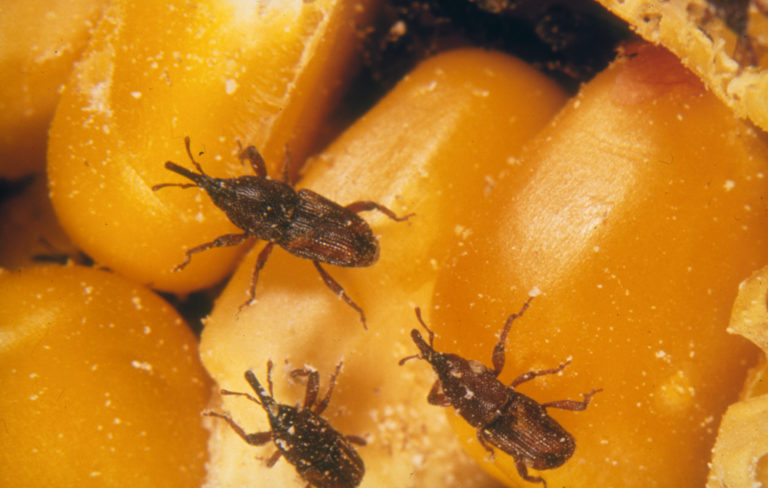
Credit: CSIRO
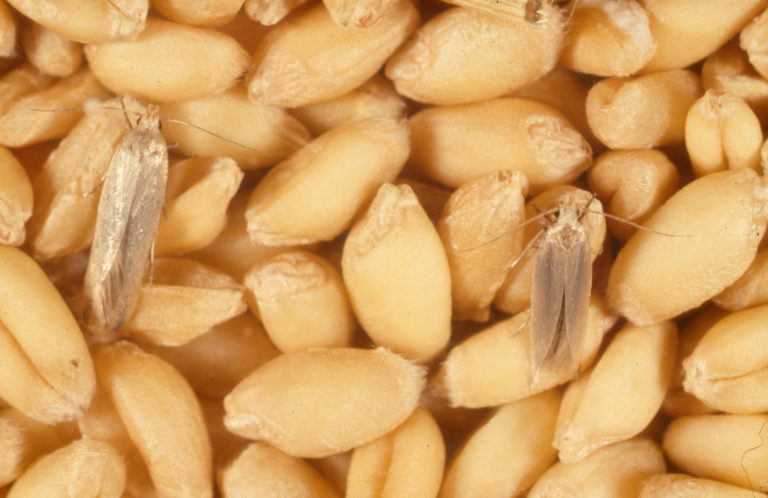
Credit: CSIRO
The Angoumois grain moth prefers damp grain and will generally only infest the surface layer of grain.
The feeding larval stage leaves large cavities within the infested grain, reducing the weight of the grain and leaving an unpleasant smell and taste.
Other characteristics of the Angoumois grain moth include:
- Approx. 12 – 20mm wingspan
- The caterpillar matures within the grain kernel, and exists as an adult
- Yellow-brown colour with dark markings
Secondary pests of stored grain
Rust-red flour beetle (Tribolium castaneum)
The rust-red flour beetle feeds on flour by-products of cereal grains and can be a serious problem in stock feeds.
Other characteristic of the rust-red flour beetle:
- Adults can live for up to 2 years
- Approx. 3 – 4.5mm long
- Cream coloured larvae
- Reddish-brown colour
- Winged and may fly
Confused flour beetle (Tribolium confusum)
The confused flour beetle looks similar to the rust-red flour beetle but is more commonly found in flour mills rather than on farms.
Saw-toothed grain beetle (Oryzaephilus surinamensis)
A fairly common beetle, the saw-toothed grain beetle has a varied diet, eating damaged cereal grain, oilseeds and processed products.
Other characteristics of the saw-toothed grain beetle include:
- A distinctive saw-tooth pattern on the thorax
- Approx. 3mm long
- Dark brown – black colour
- Live for up to 12 months
- Move quickly, fly in warmer weather
- White, flat larvae
Flat grain beetle (Cryptolestes spp.)
Flat grain beetles are small (approx. 1.5mm – 2mm long) with a flat body.
Other characteristics of the flat grain beetle include:
- Can live for up to 12 months
- Move quickly and fly
- Reddish brown colour
- Some strains have a high resistance to phosphine
Warehouse moth (Ephestia spp.)
The warehouse moth infests the surface layer of stored grain and while they only live for around two weeks, they can lay up to 200 eggs in that time.
Other characteristics of the warehouse moth include:
- Dull grey colour
- Approx. 10-12mm wingspan
Indian meal moth (Plodia interpunctella)
The Indian meal moth lays eggs on the surface of the grain and the larvae spin webs which creates a surface web on the grain.
Other characteristics of the Indian meal moth include:
- Cream-grey colour with brown-red tips
- Damages cereals and oilseeds
- Live for around four weeks
Warehouse beetle (Trogoderma variable)
The Warehouse beetle looks very similar to the khapra beetle – the worst pest of stored grain, that does not occur in Australia.
Other characteristics of the Warehouse beetle include:
- Adults don’t damage the grain
- Cannot fly
- Larvae are very hairy and shed hairs which can cause respiratory problems such as asthma, as well as skin problems and gastric issues
- Larvae live for approx. 5 weeks but can be dormant for two years
How To Detect & Analyse Pests
Some practical ways to identify monitor for grain pests include:
- Regularly take a sample from the top and bottom of your grain storage and check for insect activity and movement by using an insect sieve and placing it in the sun. It is a good idea to use a grain probe to get a representative sample as some species will avoid light. This is a relatively quick and easy way to keep an eye out for infestation.
- Take time to analyze the appearance of your grain, damage to the grain or grain sticking to the wall of a silo generally indicates infestation.
- A simple method to use when identifying grain pests is to place them in a warm glass container, around 20°C, and observe their activity. Pests such as weevils and saw-toothed grain beetles will walk up the walls whereas flour beetles and the lesser grain borer will not be able to.
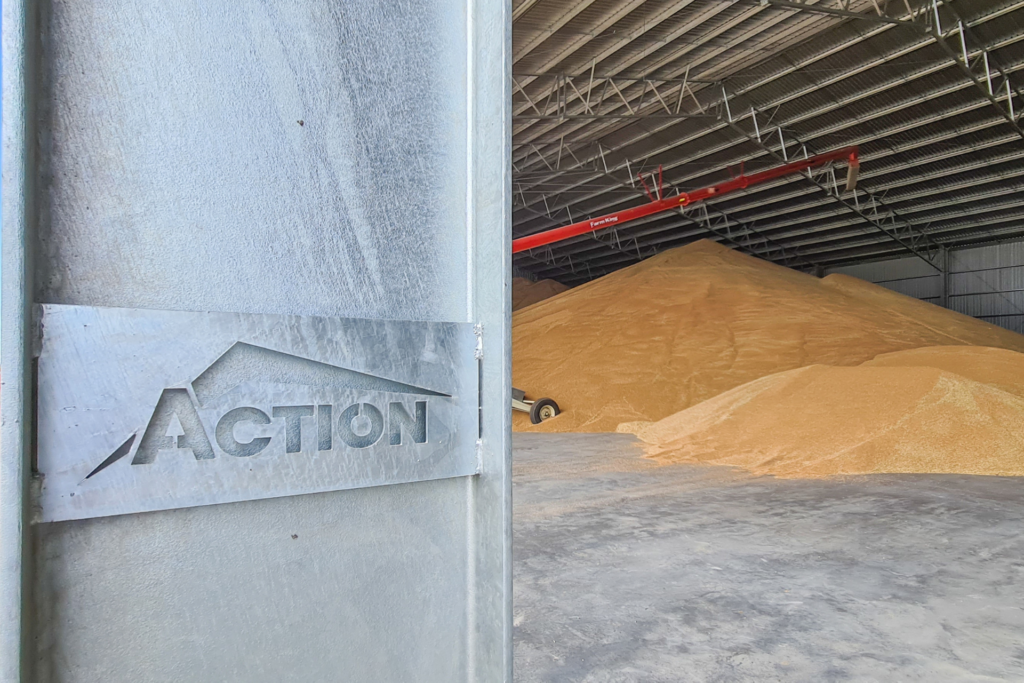
What To Do About Grain Storage Pests
Like many things, prevention is better than cure when it comes to grain pests and infestations. If you are wondering how to keep pests and insects out of your grain storage, here are a few suggestions.
- Arguably the most important step is maintaining good hygiene and biosecurity, this benefits the grower, the market and our food security and safety.
For example, the appropriate use of pesticides is essential to avoid the spread of insecticide resistance. This includes cleaning all machinery and infrastructure used in grain production, storage and transport.
- Monitor and record grain quality, pest detection and treatments regularly
- Plan insect control before the issue occurs.
- The majority of grain pests are not very cold-resistant, making aeration cooling and effective method to protect your grain.
So, how do I keep grain pests out of my shed?
The best way to keep pests and insects out of your grain storage shed, is to design the shed so that a high level of hygiene can be maintained.
Some of the ways that this can be achieved is with a concrete slab and tilt panel walls which makes keeping the shed clean a lot easier. A well-sealed enclosed ‘inside-out’ grain storage shed is another way to achieve this.
Useful Resources
Exotic Grain Pests Guide
Report any unusual plant pests immediately to the relevant state or territory via the Exotic Plant Pest Hotline.
Grain Shed Storage Calculator
Use this calculator to help you determine the best shed size for storing grain. It’s simple and easy to use: enter the sheds size and grain type and the storage volume and total tonnage will be calculated.

GRDC Stored Grain Information Hub
The GRDC invests in the Grain Storage Extension Project to provide information and training for growers to use best practice for on-farm grain storage.
GRDC Stored Grain Pest Back Pocket Guide
This identification guide provides a snapshot of common pests found in stored grain in Australia.
The tolerance for live storage pests in grain sold off-farm either for the domestic, human-consumption market or for the export market is nil. With more grain being stored onfarm growers need to identify pests early and monitor – at the very least – monthly.
Phosphine Warning Sign
A printable sign to hang on a silo during fumigation.
Grain Shed Guide Brochure
We’ve updated our grain storage shed guide with the latest projects, design ideas and storage options.
Download your FREE copy, here.
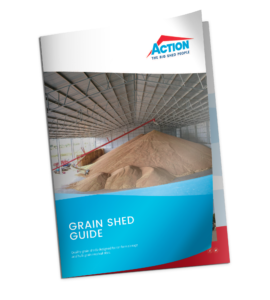
We hope this discussion around grain storage pests is helpful, browse our Learning Hub for useful information and ideas. If you have any questions about grain storage, call us on 1800 68 78 88.

